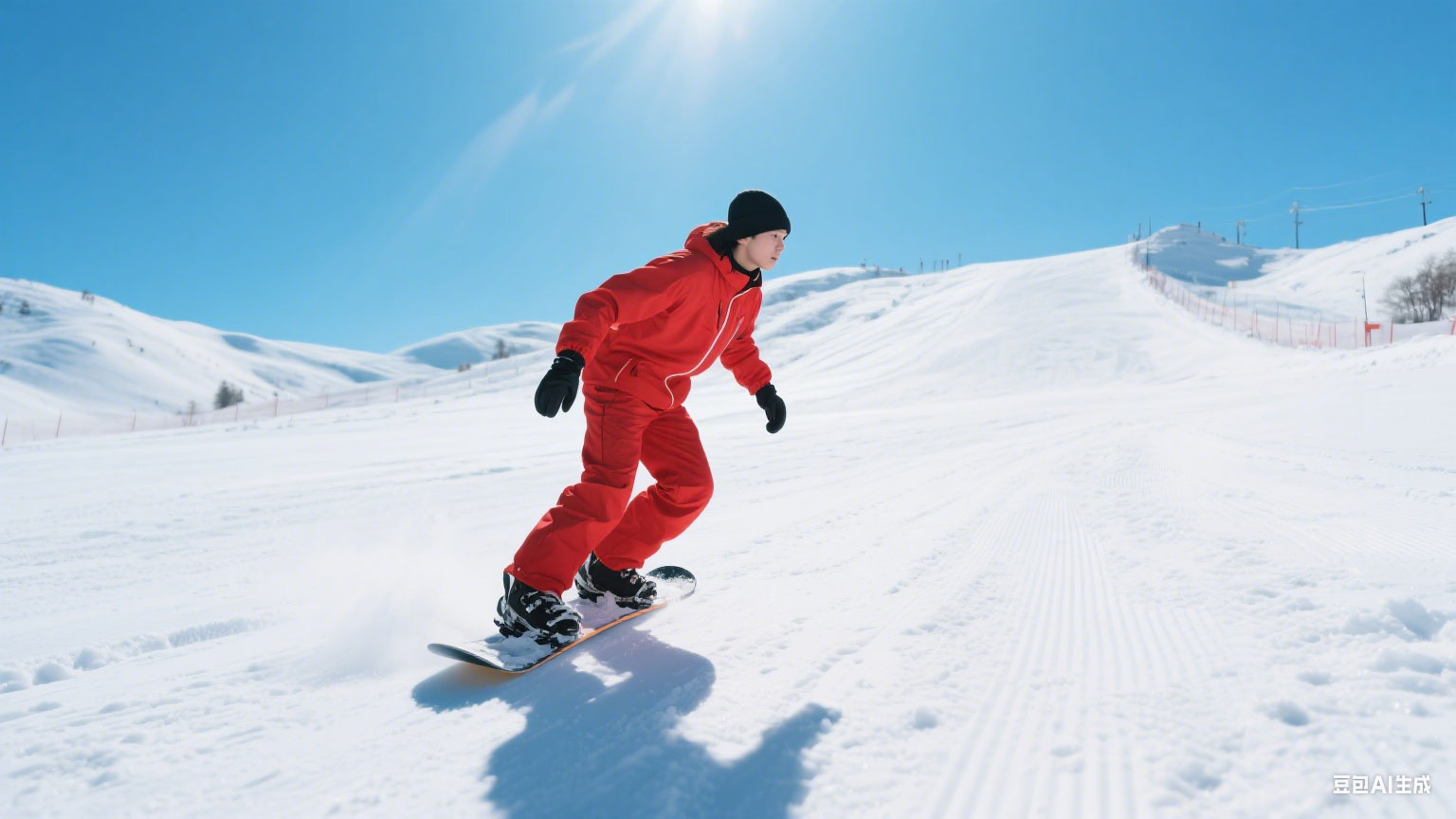 Home > NEWS > Industry Information > Views
Home > NEWS > Industry Information > Views

Skiing is an outdoor activity that combines exercise, entertainment, and challenge. It is a full-body comprehensive workout that engages nearly all major muscle groups—from cardiovascular function and core muscles to leg strength and balance coordination. While enjoying the speed and excitement, understanding the physical effects of skiing helps improve exercise benefits and reduce injury risks.
Positive Effects of Skiing on the Body:
1.Enhances Cardiopulmonary Function Skiing is a typical combination of aerobic and anaerobic exercise. It requires continuous sliding, pushing off, and maintaining body balance, which effectively improves cardiovascular endurance, promotes blood circulation, and boosts metabolism.
2.Strengthens Core Muscles Maintaining balance while skiing requires constant adjustment of the center of gravity. Core muscles (including abdominal muscles, back muscles, and pelvic floor muscles) are highly engaged, helping enhance core stability, improve body coordination, and balance.
3.Increases Lower Limb Strength The knee bending, pushing, and turning movements during skiing effectively train the front thigh muscles (quadriceps), back thigh muscles (hamstrings), gluteus maximus, and calf muscles (gastrocnemius), enhancing explosive power and endurance of the lower limbs.
4.Improves Flexibility and Agility Frequent twisting, directional changes, and jumps increase joint mobility and promote muscle and ligament flexibility, helping prevent sports injuries.
5.Psychological Benefits Exercising outdoors in snowy environments helps relieve stress, improve mood, and increase a sense of well-being. Winter sunlight also promotes vitamin D synthesis, helping prevent seasonal mood disorders.
Potential Risks or Precautions Related to Skiing:
1.Risk of Sports Injuries
Common skiing injuries include:
Knee sprains (anterior cruciate ligament, medial collateral ligament)
Wrist and shoulder fractures
Concussions (especially without helmet protection)
Recommendations: Beginners should start with basic techniques, wear helmets, wrist guards, and knee pads, and progress gradually.
2. Cardiovascular Risks Under High Load Patients with cardiovascular diseases (e.g., hypertension, coronary heart disease) may experience heart discomfort during high-intensity exercise in cold environments.
Recommendations: Undergo a physical evaluation before skiing and exercise within personal limits.
3. Cold Exposure and Altitude Effects Cold environments may cause frostbite and colds; high-altitude ski resorts may cause mild altitude sickness.
Recommendations: Keep warm, use sun protection, and maintain proper hydration.
Skiing effectively enhances physical fitness, improves psychological well-being, and boosts balance and coordination. However, it carries certain injury risks that require scientific training, proper warm-up, wearing protective gear, and exercising within one’s capacity.

